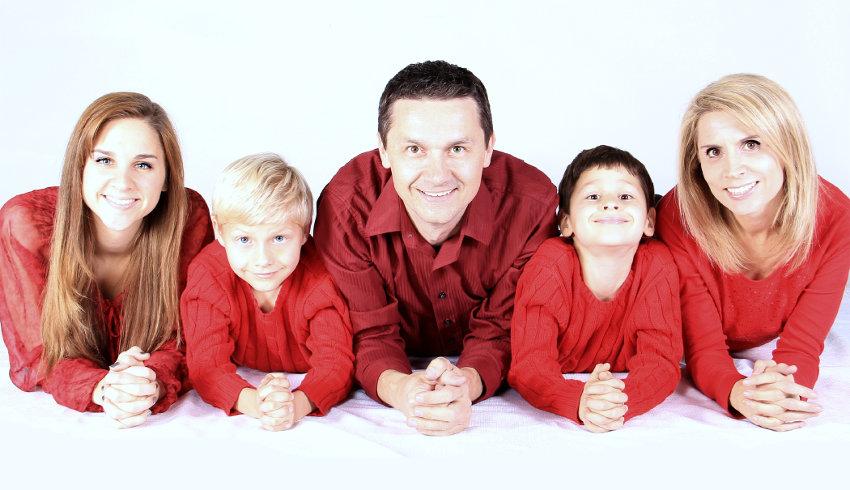
A stepfamily is formed when parents re-partner following separation or the death of their partner and there is at least one resident stepchild of either member of the couple.
The blended family contains a resident stepchild but also a natural or adopted child of both parents.
The terms ‘blended’ and ‘step’, are terms that are sometimes used and can often be misconstrued. I like to view stepfamilies not as blended but to view them as combining all people involved. It’s a bringing together of everyone’s history, ideals and worldview.
Rather than the idea that the families blend or merge and become one, to see the new family as many parts, integrating and honouring each other as a new model of family life.
There are different types of stepfamilies - unlike a first family, which begins with two people, and the children come later; stepfamilies are formed with ‘ready made’ children. Finding ‘like minds’ are very difficult as each stepfamily is different. For example, the children may be very different in ages; or maybe in one family the stepchildren live there permanently while in another family they just come to stay at weekends.
Stepfamilies come in all shapes and sizes:
- ‘His and Hers’ - full time, where both parents have previous children living permanently with them.
- ‘His and Hers’ – full time where only one of the adults has children living permanently with them.
- ‘His and Hers’ – part time, where both parents have children from previous relationships living part time with them.
- ‘His and Hers’ – part time, where only one of the adults has children from a previous relationship and live part time with them.
- ‘His, hers’ and theirs' – part time and full time.
The realities of a stepfamily are
- Stepfamilies function and progress differently
- Relationships need time to develop
- Its ok to feel differently toward each other
- There is a lot of loss involved in stepfamilies
- Cooperation and disagreement are typical and expected
- Each person has different values and histories
- Children have to adapt to more than one household
- Often there is an absent biological parent
- Responsibilities are often confusing
- The children’s ages have a varying impact on the stepfamily
Successful stepfamilies traits are when there is
- Flexibility, respect, patience and a sense of humor.
- Realistic expectations – recognizing that it takes time
- Building relationships with children before attempting to discipline them
- Forming good communication between everyone
- Shared expectations
- A strong couple relationship
- Lots of support from family and friends
- Try and include everyone into the new family unit
- Accepting that they are not replicating a nuclear family
To know and understand more about what a stepfamily is compared to a nuclear family is the start to adjusting to the stepfamily environment and making it work.


